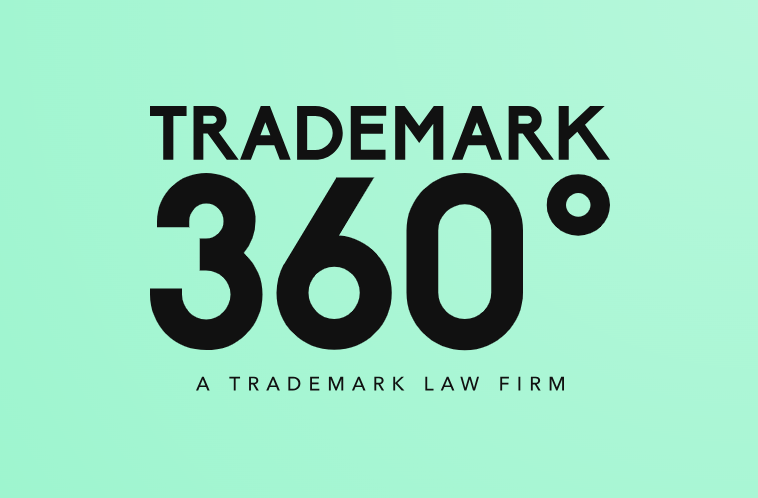Applying for a trademark with the United States Patent and Trademark Office (USPTO) is an important step in protecting your brand, logo, or slogan. However, the process isn’t always smooth. Many applicants receive a notice known as a Trademark Office Action, which identifies problems or objections with the application. These communications can feel overwhelming, but with the right guidance, you can overcome them and secure your brand’s protection.
In this article, we’ll explain what trademark office actions are, why they occur, and why professional support is essential for crafting a strong response that maximizes your chances of approval.
What is a Trademark Office Action?
A Trademark Office Action is an official communication issued by a USPTO examining attorney after reviewing your trademark application. Instead of immediate approval, the attorney highlights legal or procedural issues that need to be resolved before the application can move forward.
Office actions can involve:
- Legal objections – such as likelihood of confusion with an existing mark.
- Classification concerns – where your goods or services may be placed in the wrong class.
- Technical errors – including incomplete information or formatting mistakes.
- Substantive refusals – questioning whether your mark is descriptive, generic, or otherwise ineligible for protection.
Failing to respond properly within the USPTO’s deadline can result in your application being abandoned, forcing you to start over.
Common Reasons for Trademark Office Actions
While every case is unique, some issues occur more often than others. Understanding these helps you prepare for possible objections:
- Likelihood of Confusion – The examining attorney believes your trademark is too similar to an existing registered mark, potentially confusing consumers.
- Descriptiveness – If your trademark merely describes the product or service, it may not qualify for protection.
- Specimen Issues – The example you submit to show use of your trademark in commerce may be considered insufficient.
- Incorrect Classification – Goods and services must be placed into precise classes; mistakes here often lead to office actions.
- Informational or Technical Problems – Such as missing signatures, incomplete applicant details, or formatting errors.
Even a small error can trigger an office action, which is why expert assistance can make all the difference.
Why Office Action Responses Require Professional Support
Responding to a USPTO office action is not just about filling out forms—it requires strategy, legal knowledge, and precise communication. Here’s why professional help matters:
1. Reduces Legal Risk
Trademark law is highly technical. A single misstep in your response could result in a refusal. Professionals ensure that your answers are thorough, legally sound, and address every objection raised.
2. Saves Time and Energy
Researching USPTO rules, understanding legal terminology, and drafting a response can be overwhelming. By working with experts, you save valuable time and avoid the stress of navigating a complex process.
3. Maximizes Approval Chances
Experienced trademark professionals know exactly how to structure responses, cite legal precedents, and present arguments that align with USPTO expectations. This dramatically improves your odds of overcoming objections.
4. Avoids Reapplication Costs
If your application is denied, you may need to reapply, pay additional filing fees, and wait months for review again. A strong, well-prepared response at the office action stage can prevent these costly delays.
5. Protects Business Momentum
Your trademark is tied to your brand identity, marketing, and customer trust. Delays in approval can disrupt your growth strategy. Timely, expert responses help keep your brand protection process on track.
6. Handles Complex Legal Language
USPTO communications often include detailed legal terms and references to case law. Professional support ensures these are properly interpreted and addressed in your response.
The Strategic Approach to Office Action Responses
When responding to a trademark office action, a strategic plan is key. Experts typically follow a structured process:
- Careful Review of the Office Action – Understanding every objection raised by the examining attorney.
- Legal Research and Analysis – Identifying precedents and arguments to counter refusals.
- Drafting a Persuasive Response – Using clear, professional language that addresses each concern.
- Correcting Technical Issues – Ensuring all forms, specimens, and classifications meet USPTO requirements.
- Timely Submission – Filing within the USPTO’s strict deadlines to avoid abandonment.
This methodical approach ensures that every aspect of your response strengthens your application and positions it for success.
Why You Shouldn’t Go It Alone
Some applicants attempt to respond to trademark office actions on their own, but this can be risky. Without a full understanding of trademark law, you may inadvertently weaken your application or miss critical details.
By contrast, working with experienced professionals means you benefit from:
- Knowledge of USPTO standards and procedures.
- The ability to anticipate examiner concerns.
- Guidance tailored to your specific brand and industry.
- Peace of mind knowing your response is handled correctly.
Ultimately, the cost of professional support is small compared to the potential expense and delay of a rejected application.
Conclusion
A Trademark Office Action is not the end of the road for your trademark application—it’s an opportunity to strengthen your case and move closer to approval. With professional help, you can overcome objections, address legal and technical issues, and protect your brand’s identity with confidence.
Don’t let USPTO hurdles slow down your business momentum. By partnering with experts who understand the complexities of office action responses, you’ll maximize your chances of success and safeguard your trademark for the future.





